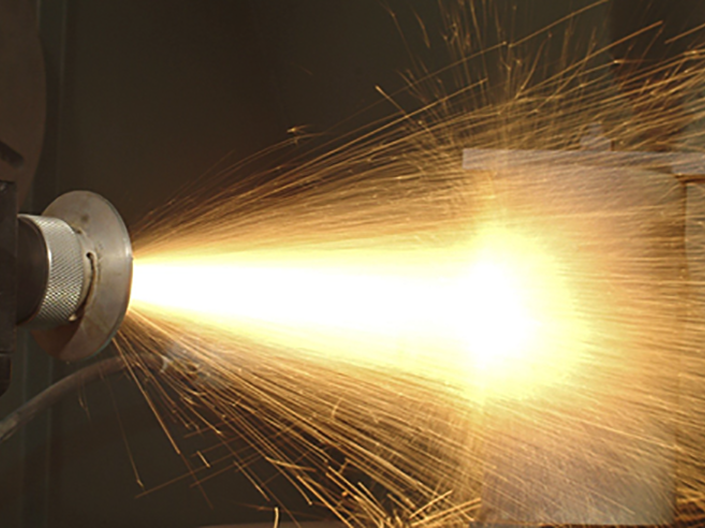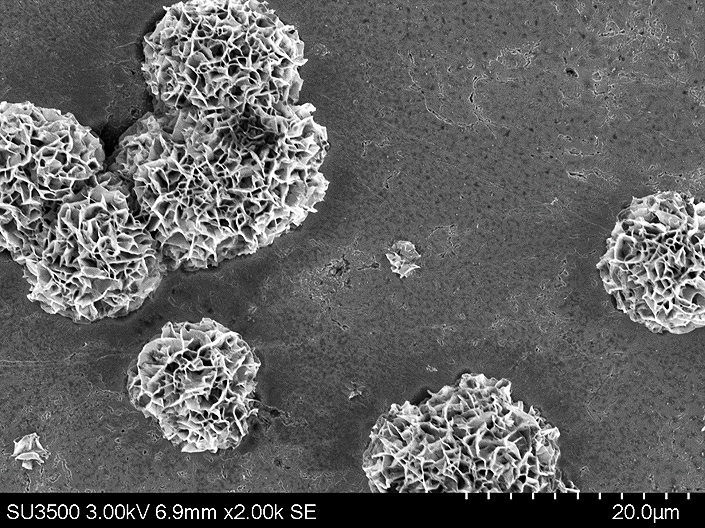Anti-Microbial Copper-Alloy Coatings
One of the main mechanisms for infection by bacteria and viruses is the transport of infected aerosols to surfaces that we frequently touch. The recent COVID-19 pandemic has underscored the great need for self-cleaning, anti-virus, anti-bacteria, and anti-fungus surfaces. According to recent data, SARS-CoV-2 survives between 2-3 days on stainless-steel surfaces and lasts even longer on other materials.
From ancient times, copper, along with silver and zinc, has been recognized as antimicrobial. Egyptian and Babylonian soldiers would sharpen their bronze swords after a battle, and place the filings in their wounds to reduce infection and speed healing! French wineries also applied copper sulphate and slaked lime (called Bordeaux mixture) to vines to prevent fungal attack!
In a recent article, titled “Can Copper Help Fight COVID-19?”, it is stated that: "microbiology experts recommend the expanded use of copper alloys in public spaces to reduce the spread of COVID-19 and minimize future pandemics."
Why copper & its alloys are not in wider use in public spaces and, particularly in health-care facilities? There are numerous reasons for that:
- The need for anti-viral/bacterial surfaces has not been critical up until now
- Copper is relatively expensive
- Copper is heavy (> 3 times heavier than aluminum)
- Stainless steel is aesthetically more desirable
An attractive solution in taking advantage of the copper properties is to coat the surface by copper and its alloys. However, for these coatings to be widely applied, the cost should be affordable. One of the best options is wire-arc spray, as the cost of wire is much less than powders and the capital costs are also very reasonable.
Ten years ago at CACT we started studying the anti-bacterial properties of copper alloys coatings by wire-arc spraying. Since then:
- We have developed a coating process to be applied on heat sensitive surfaces, e.g. wood, polymers, fabrics, cardboards;
- We have studied fire retardation of copper and other metallic coatings on wood;
- We have studied the exposure of the coatings to fungi, and termite; and,
- We have investigated potential architectural applications of such coatings.




